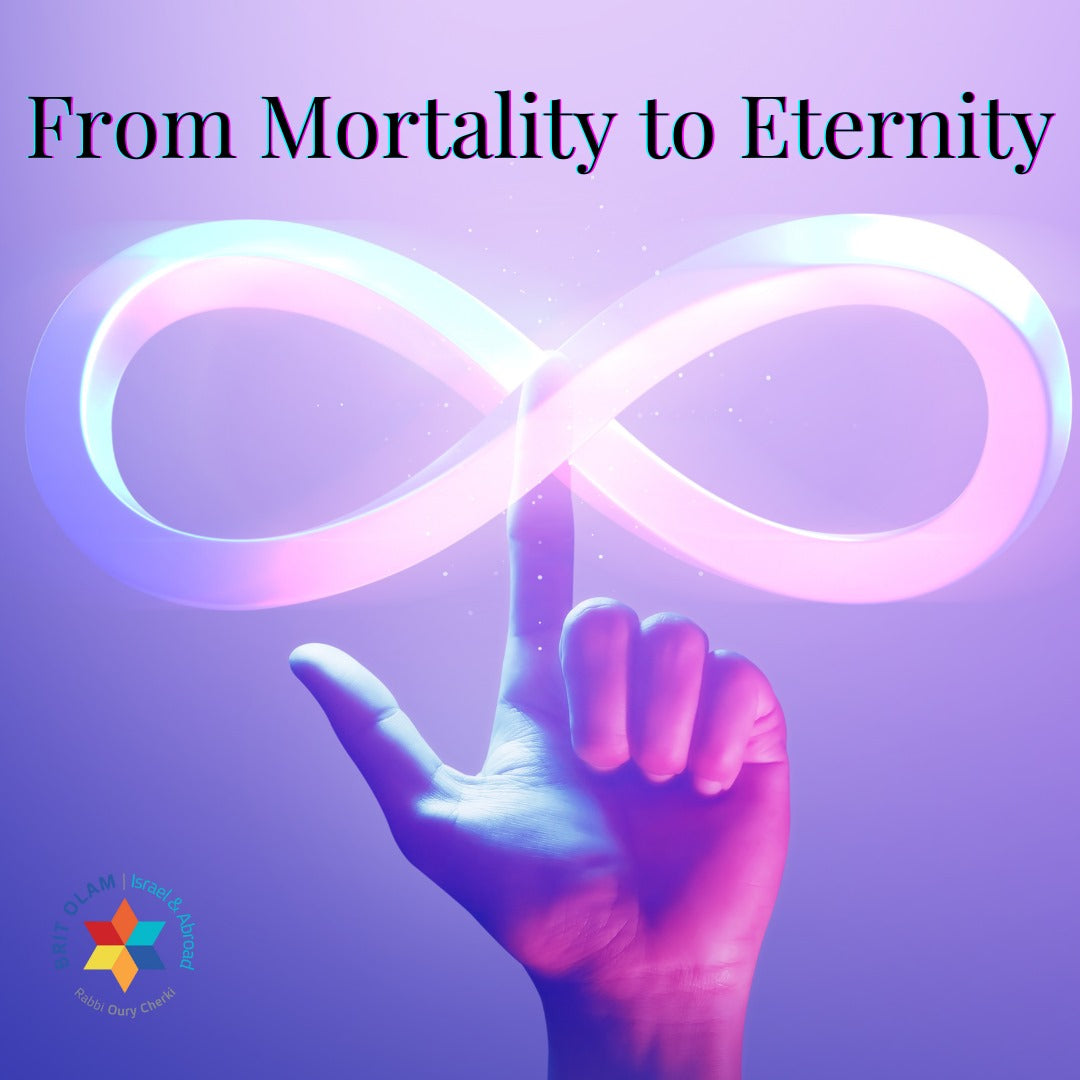Blíží se Roš hašana, začátek hebrejského kalendářního roku. Překvapivě připadá na polovinu roku! Podle Tóry se totiž měsíc tišri, do kterého Roš hašana spadá, nazývá sedmým měsícem. Pokud je to sedmý měsíc, je to vlastně uprostřed roku!? Z toho tedy vyplývá, že rok může začínat dvakrát – na začátku prvního měsíce, zvaného nisan na jaře, a na začátku sedmého měsíce, tišri na podzim. Každý z těchto „začátků“ představuje jiné pojetí času.
Podívejme se na podzim. V přírodě je to období chřadnutí a rozkladu, které může vést k pesimistickému pohledu na svět. Zdá se, že svět stárne a chátrá. Naproti tomu jaro je optimistickým obdobím, zdá se, že svět opět ožívá. Příroda se obnovuje a život znovu vzkvétá. Souběžně s tím můžeme pozorovat, že ve světě probíhají dva procesy: jeden neustálé obnovy a druhý neustálého rozkladu.
Jaký je tedy hebrejský rok? Dává smysl jak době rozkladu, tak době obnovy. Rok vlastně nikdy nekončí. Začíná v nisanu, měsíci jara, a když uplyne šest měsíců, rok se znovu obnoví na Roš hašana. Protože hebrejský kalendář má dva začátky roku, jsme vždy na začátku roku a nikdy na jeho konci. Podle našeho přesvědčení je období úpadku světa zároveň součástí jeho obnovy!
O Roš hašana se my i celý svět neustále obnovujeme. Jsme vedeni k tomu, abychom pochopili, že náš pohled na dějiny je optimistický, protože procesy, které se odehrávají na podzim – rozpad a úpadek – jsou součástí rozsáhlejšího procesu budování a obnovy.
„Přeji Izraeli a celému světu požehnaný dobrý rok!“



